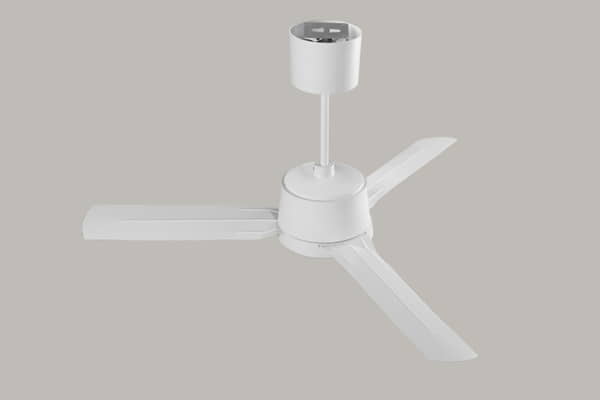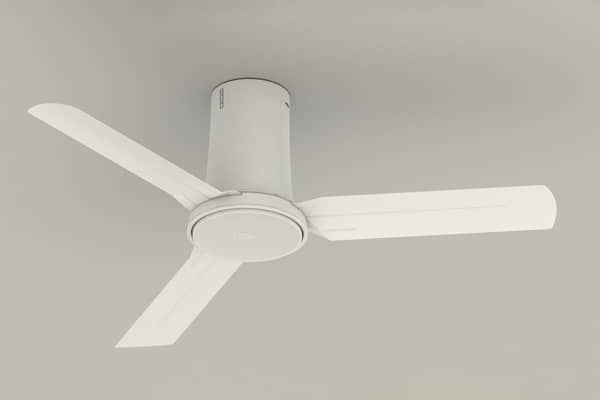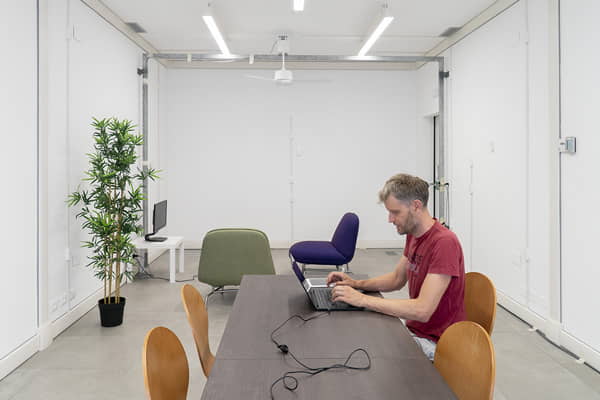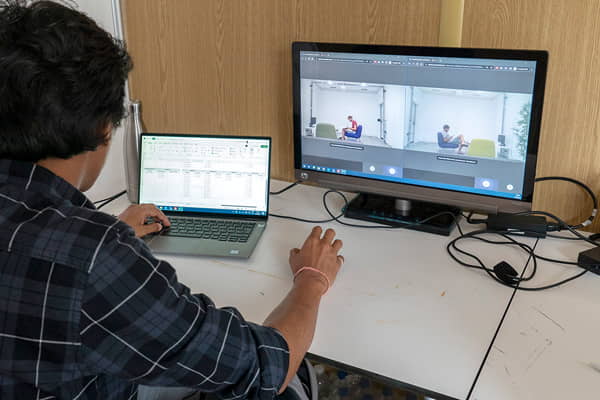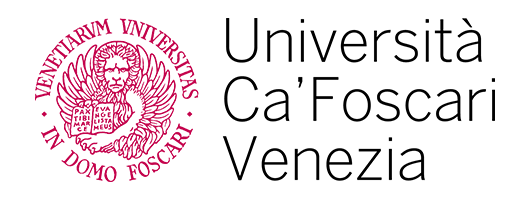In a warming planet, there is a need for limiting the increase in the energy demand for space cooling. Air movement is an energy efficient means to provide thermal comfort in warm environments, minimising or completely avoiding the use of more energy-intensive air conditioning. While the heat generated from a human body does not vary, the forced convection accelerates the heat transfer between the parts of the body skin hit by the air flow and the surrounding thermal environment.
Ceiling fans are among the most adopted sources of air movement in buildings, and they are usually manually operated. However, within H2020 4RinEU project, a smart algorithm was developed by Eurac Research to automatically adapt the rotational speed based on the air temperature and relative humidity measured in the room, and the occupants’ activity level. This algorithm was initially implemented by Vortice into a commercial device, and then, in H2020 Cultural-E project, both technological development and algorithm validation with human participants were performed.

